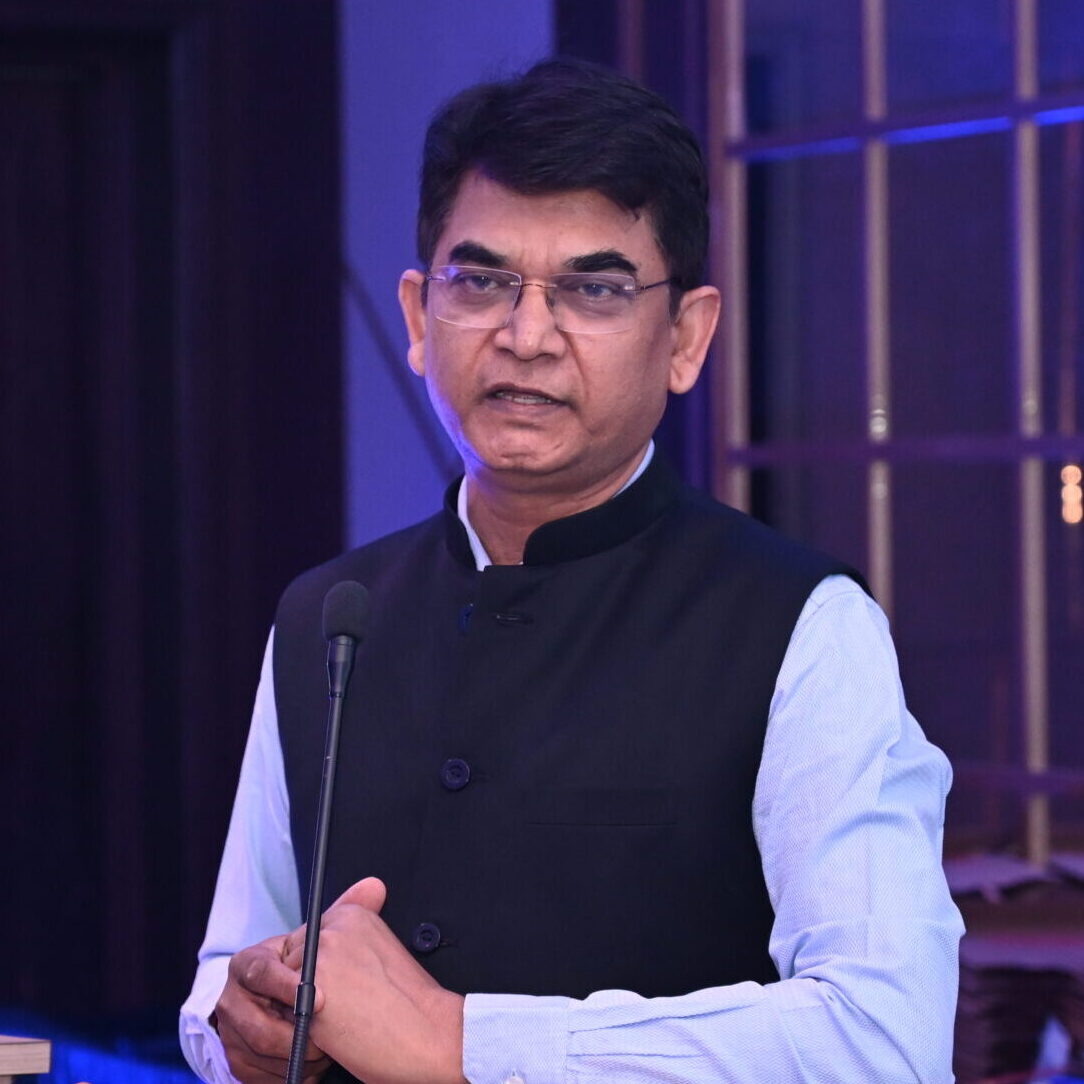In a world marked by rapid disruption—be it economic volatility, global pandemics, geopolitical instability, or technological shifts—uncertainty has become the new normal. In such environments, the difference between survival and success often comes down to one thing: strategic leadership.
What Is Strategic Leadership?
Strategic leadership goes beyond day-to-day management. It’s about setting a clear vision, aligning people around common goals, and making proactive decisions despite ambiguity. A strategic leader can anticipate change, adapt swiftly, and guide their organization with resilience and clarity.
The Role of Strategic Leadership During Uncertainty
- Vision with Flexibility
During uncertain times, the best leaders articulate a strong, compelling vision—while remaining flexible in how they achieve it. They set long-term objectives but adapt tactics as new realities emerge. - Empowering Teams and Building Trust
Uncertainty can cause fear and confusion. Strategic leaders maintain open communication, foster psychological safety, and empower teams to make informed decisions. Trust becomes the foundation of agility. - Data-Informed, Not Data-Paralyzed
While real-time data is invaluable, strategic leaders avoid analysis paralysis. They use data to guide choices, but also rely on intuition, experience, and stakeholder input to move forward confidently. - Scenario Planning and Risk Management
Instead of rigid planning, strategic leaders embrace scenario-based thinking. They prepare for multiple outcomes and build contingency plans that make their organizations more resilient to shocks. - Staying Grounded in Purpose
When everything feels uncertain, purpose becomes the anchor. Great leaders continuously reinforce their organization’s core mission and values, ensuring that even in crisis, decisions are mission-aligned.
Examples from the Real World
- Satya Nadella at Microsoft embraced cloud transformation early and created a culture shift that allowed Microsoft to thrive amid technological disruption.
- Jacinda Ardern led New Zealand with empathy and transparency during the COVID-19 pandemic, proving that emotional intelligence and clear messaging are key traits of a strategic leader.
Challenges Strategic Leaders Face
- Maintaining morale when outcomes are unclear
- Balancing short-term pressures with long-term strategy
- Making bold decisions with limited information
However, those who face these challenges head-on and remain aligned with values and vision emerge stronger—often transforming adversity into opportunity.
Final Thoughts
Uncertainty is inevitable. What matters most is how leaders respond to it. Strategic leadership doesn’t promise certainty—it creates clarity, resilience, and direction when they matter most. In times of turbulence, it’s the compass that keeps an organization steady and forward-moving.




Leave a Reply